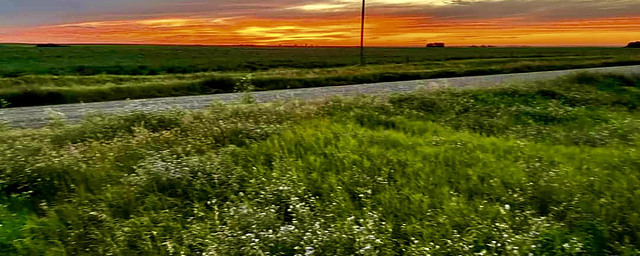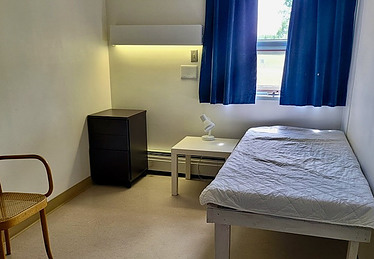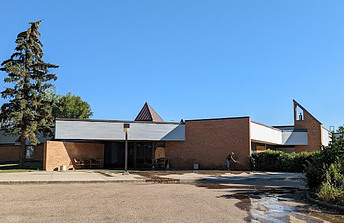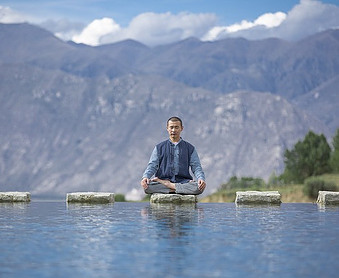Uncategorized

YOUNGSTOWN, ALBERTA
Upon arriving in Youngstown, we were placed in an environment where there was little or nothing that could distract us and all we could do was go inside our mind and hopefully gain an appreciation for our own mind’s activity. It is not easy, and the first 3 days are a nightmare for some, but at last, your mind adjusts somewhat and you can stand the three 2-hour and three 1-hour periods of silent meditation each day with your eyes closed in the main hall.

We were up at 4 AM each day and in the main hall for the first 2-hour period of total silence meditation followed by a very simple, but nourishing breakfast. Again we were all separated and ate alone without looking at each other. Four had a large window to look out on the grounds and the rest sat facing the walls with a shelf to place their bowl and plate upon. The food was basic vegetarian with apples, oranges and bananas. After, there was a half hour to walk around outside in silence, and always by ourselves. We then did another 2 sessions of silent meditation to finish the morning session and have lunch at 11 AM, after which we had an hour for rest and short private interviews with the instructor.
The afternoon was a repeat of the morning silent meditations followed by a tea break from 5 to 6 PM and an hour of silent meditation. A highlight of each day for me was the 7 to 8:15 PM video by S.N. Goenka, the founder, presented this path to self-awareness which was understood by all, lacks dogma and has great results. In his 10 presentations, he outlines “The Art of Living,” a technique that can be used to solve problems, develop unused potential, and lead a peaceful, productive life.
This discourse was followed by 45 minutes of silent meditation plus a question period before lights out at 9 PM.
After 10 days of silent meditation the veil of silence was lifted and it was amazing to find out just who you had been with during the past ten days. Telephone and email addresses were exchanged as I am sure the majority saw a great benefit and desired to follow “the Art of Living Path” which is based on the 10 values of: generosity, morality, renunciation, wisdom, effort, tolerance, truth, strong determination, selfless love and equanimity.

The majority of participants were from South America and East Asian countries, and close to half the participant were repeat attendees. There was no charge for any aspect of the program and all staff were volunteers.
It was a challenge for me each time (I attended two sessions a year apart) and it was probably my last formal silent retreat, but I will continue to practise silent meditation on my own path through life. I am neither a Buddhist or a vegetarian – I am from 7+ generations of German peasant farmers. My father was an independent middle-class Canadian farmer and I became a professional educator/entrepreneur.
A peasant is a pre-industrial agricultural laborer or a farmer with limited land-ownership, especially one living in the Middle Ages under feudalism and paying rent, tax, fees, or services to a landlord. In Europe, three classes of peasants existed: slave, serf, and free tenant.)
For more information see: https://www.dhamma.org/en
What Vipassana is not:
- It is not a rite or ritual based on blind faith.
- It is neither intellectual nor philosophical entertainment.
- It is not a rest cure, a holiday, or an opportunity for socializing.
- It is not an escape from the trials and tribulations of everyday life.
What Vipassana is:
- It is a technique that will eradicate suffering.
- It is a method of mental purification which allows one to face life’s tensions and problems in a calm, balanced way.
- It is an art of living that one can use to make positive contributions to society.
